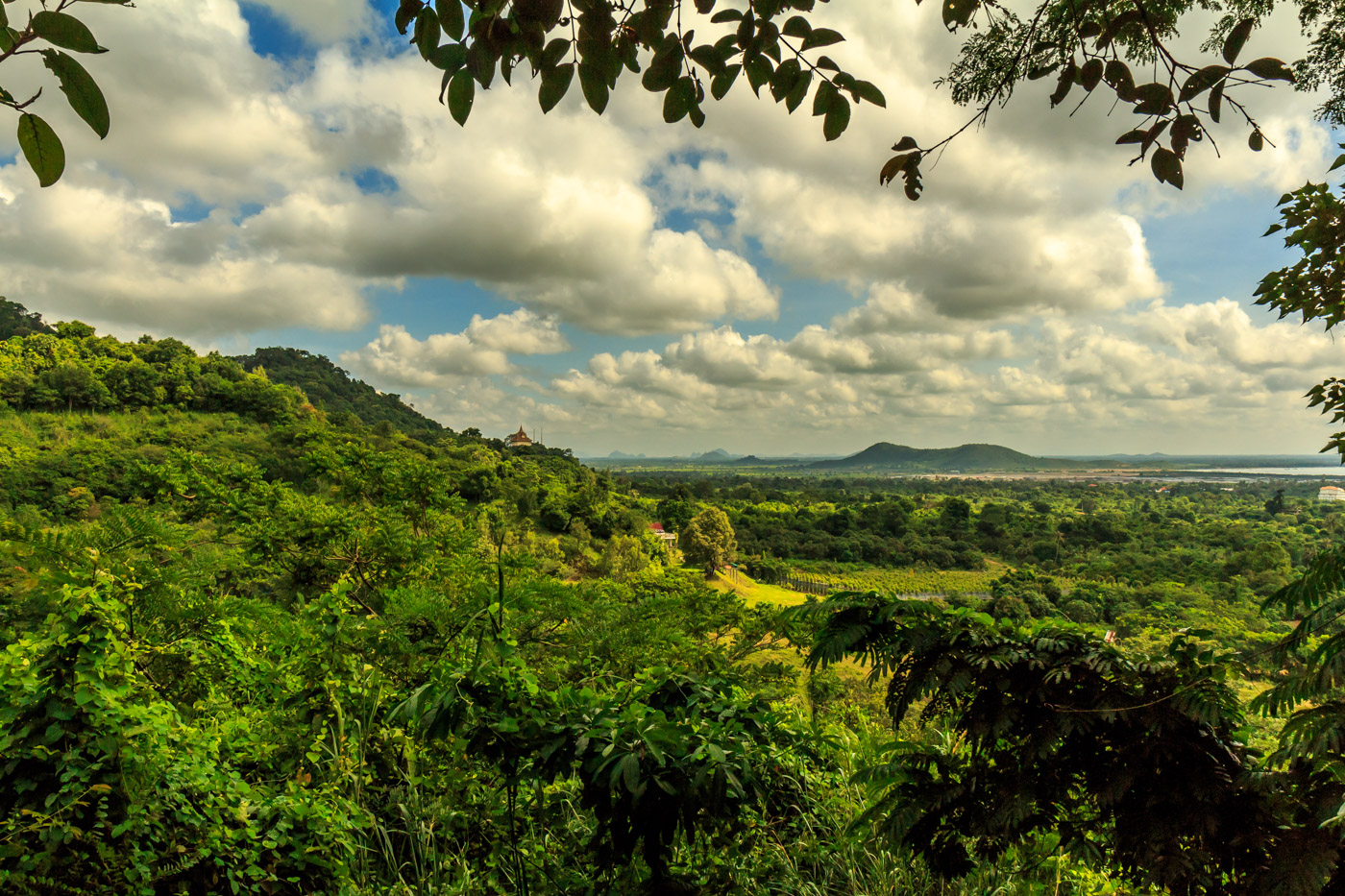Why are Cardamom Mountains So Prominent?
Unveiling the Majesty: Exploring the Magnificence of Cardamom Mountains
Cardamom Mountains

The Cardamom Mountains, also known as the Krâvanh Mountains, stand as a prominent geological feature in the southwest part of Cambodia and Eastern Thailand. With the majority of the range situated within Cambodia’s borders, the Cardamom captivate the imagination with their rugged terrain, towering peaks, and rich biodiversity. In this in-depth exploration, we delve into the factors that contribute to the prominence of the Cardamom, from their geological origins to their ecological significance and cultural heritage.
Understanding the Geographic Context:
Before delving into the reasons behind the prominence of the Cardamom Mountains, it is essential to understand the geographical context of the region. Situated in the southwestern part of Cambodia and eastern Thailand, the mountain range serves as a natural boundary between the two countries. With its vast expanse of rugged terrain, dense rainforests, and winding rivers, the Cardamom occupy a significant place in the landscape of Southeast Asia.
- Geographic Coordinates: The Cardamom Mountains extend approximately from 11°30’N to 12°30’N latitude and 102°30’E to 104°E longitude, covering a vast area of over 10,000 square kilometers. This expansive range of mountains encompasses diverse ecosystems, from lowland rainforests to montane forests and alpine meadows, making it a hotspot of biodiversity in the region.
- Topographical Features: One of the defining characteristics of the Cardamom Mountains is its rugged topography, characterized by steep slopes, deep valleys, and towering peaks. The highest point in the range is Phnom Aural, which rises to an elevation of 1,813 meters (5,948 feet) above sea level. This diverse topography creates microclimates and habitats that support a wide range of plant and animal species, contributing to the region’s ecological significance.
- Hydrological Network: The Cardamom Mountains are crisscrossed by numerous rivers and streams, which originate from the mountain slopes and flow into the surrounding lowlands and coastal areas. These waterways play a vital role in shaping the landscape and supporting the rich biodiversity of the region. The Tatai River, Preak Piphot River, and Stung Areng River are among the major watercourses that flow through the Cardamom. Just as we know Why are Asir Mountains So Prominent?
Factors Contributing to Prominence:
Several factors contribute to the prominence of the Cardamom Mountains, making them a significant natural and cultural landmark in Southeast Asia. From their geological origins to their ecological importance and cultural heritage, the Cardamom hold a special place in the hearts and minds of the people who call this region home.
- Geological Origins: The Cardamom Mountains owe their prominence to their geological origins, which date back millions of years to the collision of tectonic plates and the uplift of the Earth’s crust. The mountain range is part of the larger Sunda Arc, a geological formation that extends from Sumatra in Indonesia to the Shan Hills in Myanmar. Over time, tectonic forces and volcanic activity have shaped the landscape of the Cardamom, creating the rugged terrain and towering peaks that we see today.
- Ecological Significance: The Cardamom Mountains are recognized as one of the most biologically diverse regions in Southeast Asia, with a rich variety of plant and animal species found nowhere else on Earth. The mountain range is home to endangered species such as Asian elephants, Indochinese tigers, and Siamese crocodiles, as well as rare and endemic plants like the Cardamom orchid (Paphiopedilum cardinale). The diverse ecosystems of the Cardamom provide essential habitats and resources for these species, making it a critical area for conservation efforts.
- Cultural Heritage: In addition to their geological and ecological significance, the Cardamom Mountains hold cultural importance for the indigenous communities that inhabit the region. The mountain range is steeped in history and tradition, with ancient legends, myths, and spiritual beliefs associated with its peaks and valleys. The indigenous peoples of the Cardamom, such as the Pwo and the Kuy, have developed unique cultural practices and traditions that reflect their deep connection to the land.
Conclusion:
In conclusion, the Cardamom Mountains stand as a prominent landmark in the landscape of Southeast Asia, with their rugged terrain, diverse ecosystems, and rich cultural heritage capturing the imagination of people around the world. From their geological origins to their ecological significance and cultural importance, the Cardamom Mountains hold a special place in the hearts and minds of the people who call this region home. As efforts continue to conserve and protect this remarkable landscape, the Cardamom will continue to inspire awe and wonder for generations to come.
Know More about Cardamom Mountains.
What Are The Tourist Places Nearest to Cardamom Mountains?
When Were Cardamom Mountains Formed?
Where Are Cardamom Mountains Located?
Who Discovered Cardamom Mountains?
How to Reach Cardamom Mountains?




